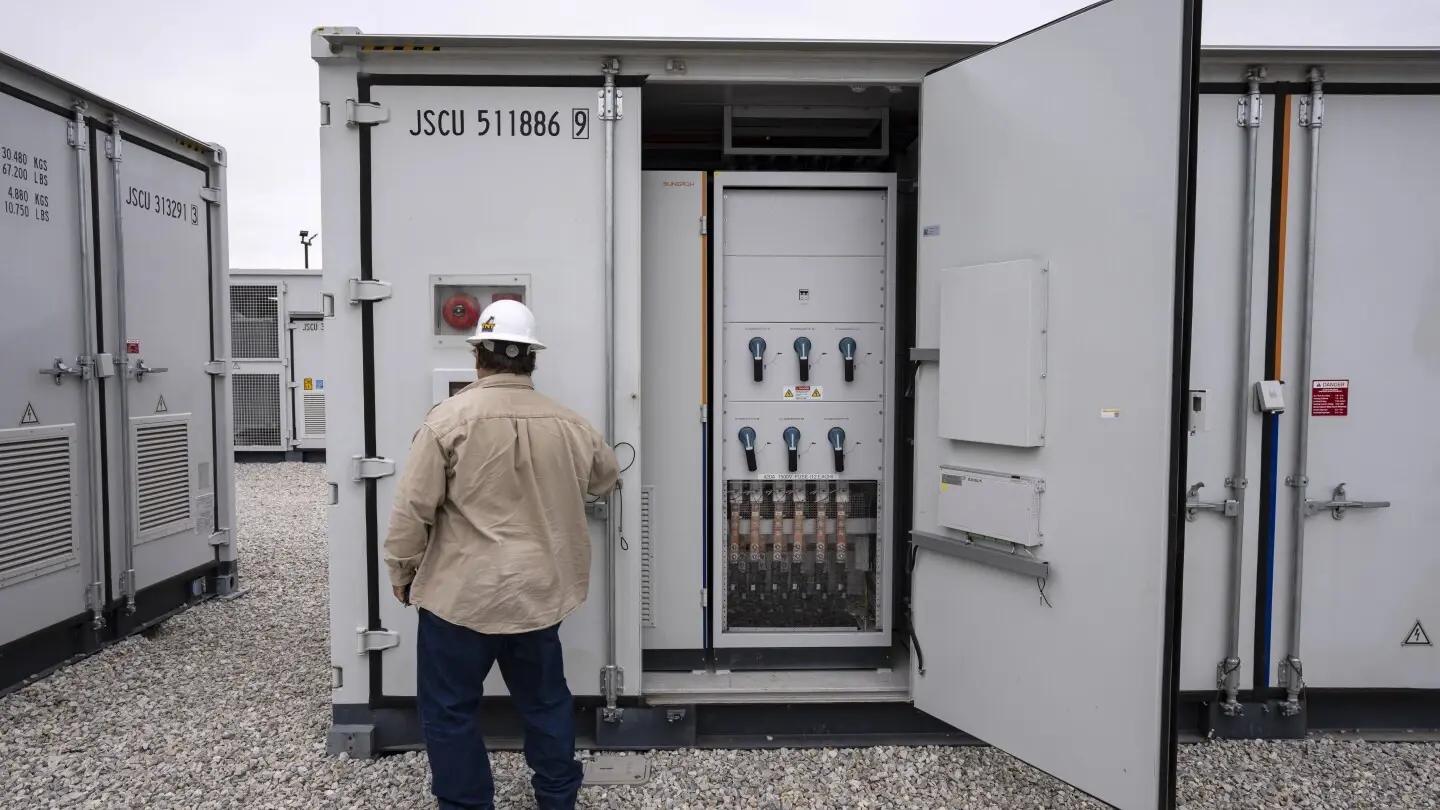- cross-posted to:
- news@lemmy.world
- cross-posted to:
- news@lemmy.world
This is a good reminder that EV’s do still have a purpose after their vehicle-rated lifespan. Anyone touting the health of car batteries as a bad thing aren’t necessarily wrong if they go directly to a landfill or other means of disposal, but that is far from the only method we should be using. Once these batteries are on a grid, from my understanding they are effectively used until capacity is sub-10%.
So it looks like this is an expansion of existing technology which is great. Hopefully we can actually get used EV batteries into these programs.
🤖 I’m a bot that provides automatic summaries for articles:
Click here to see the summary
Storage that can keep putting out energy from sundown to sun up, or for several overcast days at a time, is the fervent work of thousands of engineers around the world right now because it’s a serious way to address climate change, by allowing natural gas or coal-fired power plants to turn off.
In the U.S., we see a lot of interest in this technology coming from places like California, New York and Hawaii,” said Amanda Smith, a senior scientist at Project Drawdown, a group that publicizes actions that can be taken to address the climate disruption that has already touched large swaths of the planet.
A project at California’s Valley Children’s Hospital in Madera, an underserved community, will install a battery system to add reliability for the acute care medical center facing potential power outages from wildfires, floods and heat waves.
The Second Life Smart Systems initiative with sites in Georgia, California, South Carolina and Louisiana will use old, but still potent electric vehicle batteries for back-up power for senior centers, affordable housing complexes, and EV chargers.
Energy Undersecretary for Infrastructure David Crane said the announced projects will prove the technologies work at scale, help utilities plan for longer-term storage and start bringing down costs.
“A cheap battery would remove the biggest hurdle to a renewables transition,” said Elisabeth Moyer, associate professor of atmospheric science at the University of Chicago, noting that the materials availability is also still an issue and the technology does ultimately generate waste.
Saved 65% of original text.



